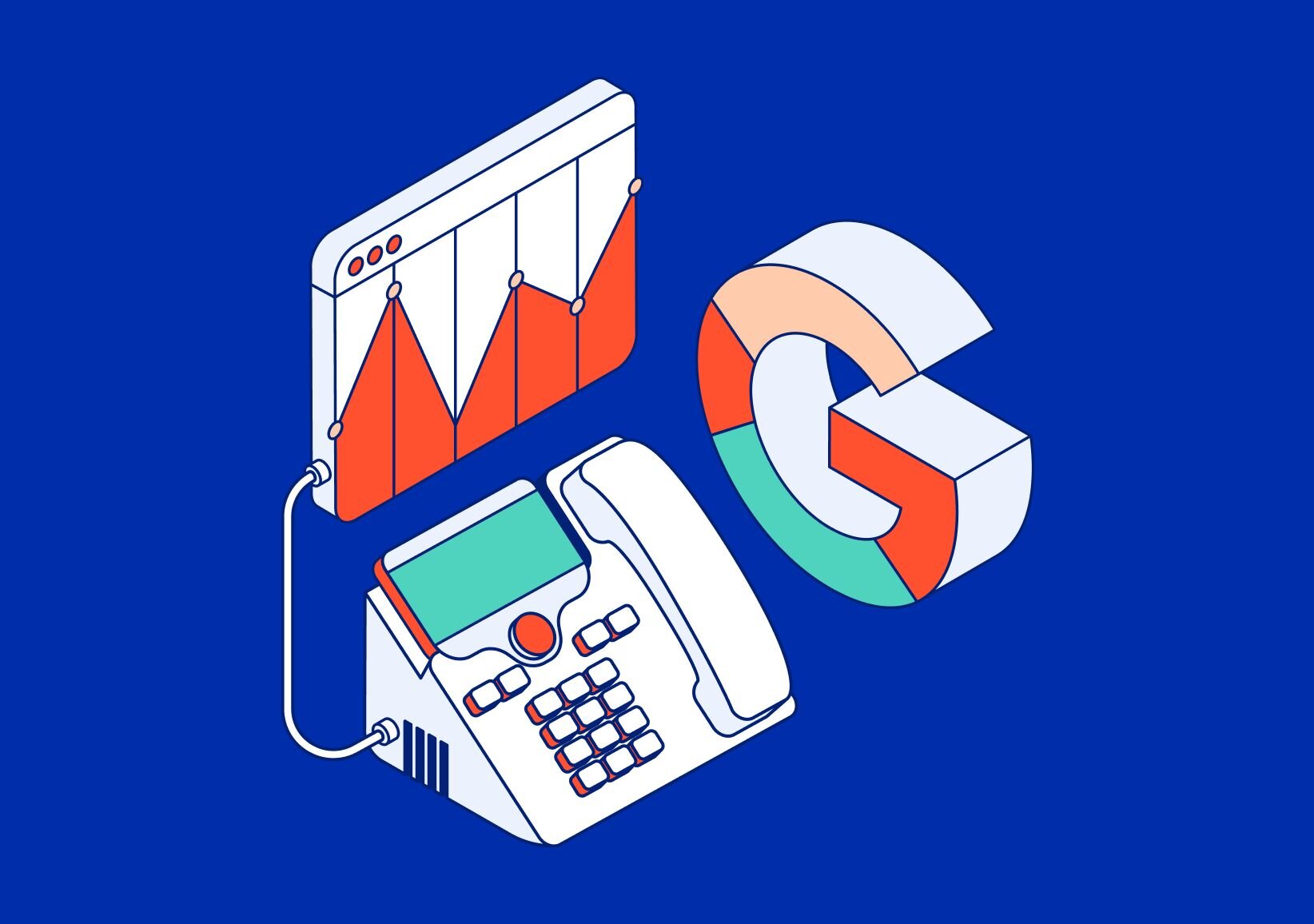What marketing KPIs should I be tracking?
The best marketing KPIs depend on your business and industry. Some of the best potential KPIs to track include sales revenue and growth, cost per lead, customer acquisition cost, customer lifetime value, conversion rates, and more.
Marketing KPIs — Key Performance Indicators — are the lifeblood of your business. They’re the data and analytics that help you determine whether your firm is struggling, surviving, or thriving. This means that carefully monitoring and tracking KPIs should be a cornerstone task for any marketing team.
But which marketing KPIs are the most important, and which ones are most critical for your business to track? Glad you asked!
1) Sales revenue & sales growth
Sales revenue and growth are the proverbial royal metrics that reign above all the rest — these are the most important KPIs when it comes to determining the overall health of your business. Sales revenue, along with increases or decreases in that revenue, are likewise key metrics when it comes to measuring how effective your marketing campaigns are.
Not only does revenue serve as a key indicator of how your business strategy is performing, it can help you identify any trends that may point to future growth opportunities.
Your sales revenue is equal to your [total yearly sales] minus your [total yearly customer revenue]. You can likewise calculate your company’s sales growth by comparing monthly and yearly revenue figures against their previous benchmarks.
2) Cost Per Lead (CPL)
Cost Per Lead (CPL) is another bedrock metric for your business. Whether you’re an inbound or outbound marketer, it behooves you to figure out how much you’re spending to attract new leads to your sales funnel, and how that breaks down for overall CPL.
There are a lot of factors that go into determining your CPL, but generally, it can be calculated by measuring the following variables:
- Staffing costs (such as your sales, marketing, and technical teams)
- Advertising costs
- Technology, software, infrastructure, and related overhead
By doing the number-crunching required to drill down to your CPL you can get a sense of how much you’re spending to bring in individual leads, and therefore determine how to best allocate your valuable marketing dollars.
3) Customer Acquisition Cost (CAC)
Like CPL, your Customer Acquisition Cost (CAC) is also an important measure of the health of your business and the successfulness of your marketing. This figure represents the total spend required to bring in a new customer, from the tip-top of the sales funnel down through to the conversion action.
You can determine your CAC by taking your [total marketing spend for a given period] and dividing that by the [number of customers acquired during that period].
4) Customer Lifetime Value (CLV)
Customer Lifetime Value (CLV) may not be quite as eye-popping a statistic as some of the others on this list, but it’s every bit as essential. Your CLV represents the average value a customer brings to your business in terms of recurring revenue, which is a great metric by which you can measure customer satisfaction and how your entire team is performing across departments.
Your CLV can be determined by taking the [Average sale or purchase amount per customer], multiplying it by the [Average number of sales or purchases made by a customer in a year], and then multiplying the resulting figure by the [Average customer retention time in months or years].
Accurately calculating your CLV is the first step in coming up with ways to increase that figure, through strategies like nurture campaigns as well as upsell or cross-sell opportunities.
5) Lead generation rate (traffic-to-leads)
This is a (relatively) simple measure to metric — your lead generation rate is a comparison of your overall website and social traffic measured against the number of leads produced by those initiatives.
To calculate your lead generation rate, take your [total amount of website and social traffic in a given period] and divide that by the [total number of leads brought in through those channels].
Not only will this help you determine which of your channels are the best at driving new traffic and leads, your lead generation rate can also provide key insights into which parts of your website, sales funnel, or social presence are in need of some fine-tuning.
6) Marketing Qualified Lead (MQL) & Sales Qualified Lead (SQL) conversion rate
To determine the effectiveness of your sales funnel, your company will need to pay careful attention to 2 distinct metrics, and then weigh them against each other: Your conversion rate for Marketing Qualified Leads (MQLs) and Sales Qualified Leads (SQLs).
MQLs are simply the leads who have moved past the top stage of your sales funnel, making them good candidates for further marketing efforts with the aim of persuading them to convert. Your MQL conversion rate is the [total number of leads generated] divided by the [number of leads who enter your sales funnel].
Similarly, SQLs are the MQLs who have progressed through your sales funnel and are now primed to make a purchase or sale. Your SQL conversion rate is your [total number of MQLs] divided by the [number of leads who have completed the sales funnel and are ready to buy].
Properly measuring your rate of conversion for MQLs and SQLs will give you a better sense of how your marketing and sales teams are working together and can point to any stumbling blocks that might be causing you to miss out on sales.
7) Cost Per Click (CPC) vs. Organic traffic
When promoting your content via paid display ads or sponsored social media posts, you’ll want to compare your total ad spend against the number of clicks your ads earned in order to determine your Cost Per Click (CPC). This is another key metric in determining the effectiveness of your campaigns and can help you accurately determine the ROI on your ad spend.
Use our PPC budget calculator to help with determining CPC and find other helpful SEM tips here.
Conversely, you’ll also want to keep a close watch on your organic traffic. These are the clicks and traffic that come from organic search results, rather than paid advertising. A high rate of organic traffic means that visitors and leads are finding your website on their own — a marketer’s dream come true — which directly correlates to your wider SEO strategy.
Ultimately, keeping tabs on your CPC in comparison to your organic traffic should help guide your marketing strategy and ensure you’re always getting the most for your money.
Learn more about how advanced call tracking and analytics can help your business earn more leads and conversions, and better ROI: Request a demo of CallRail or start your 14-day free trial.











